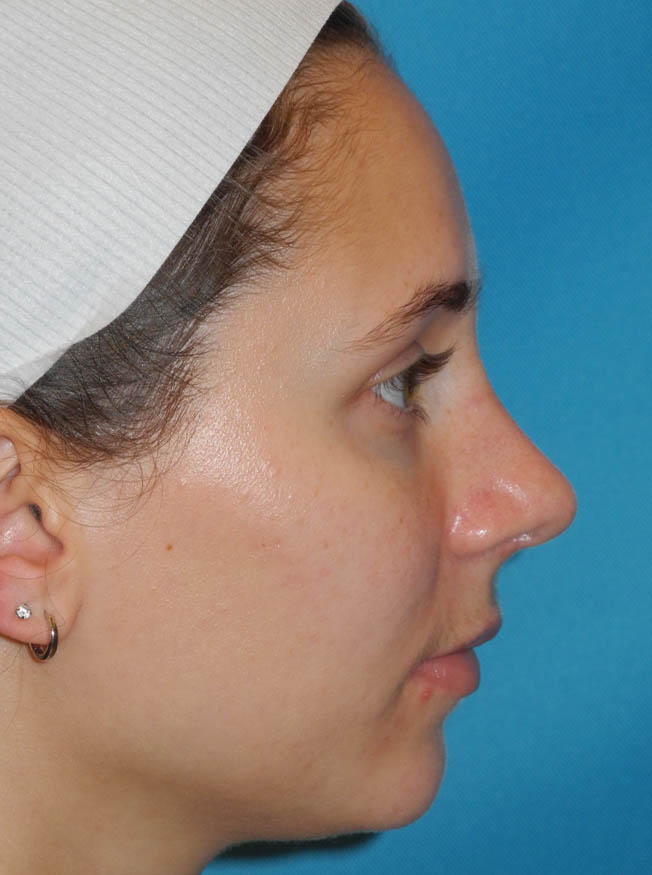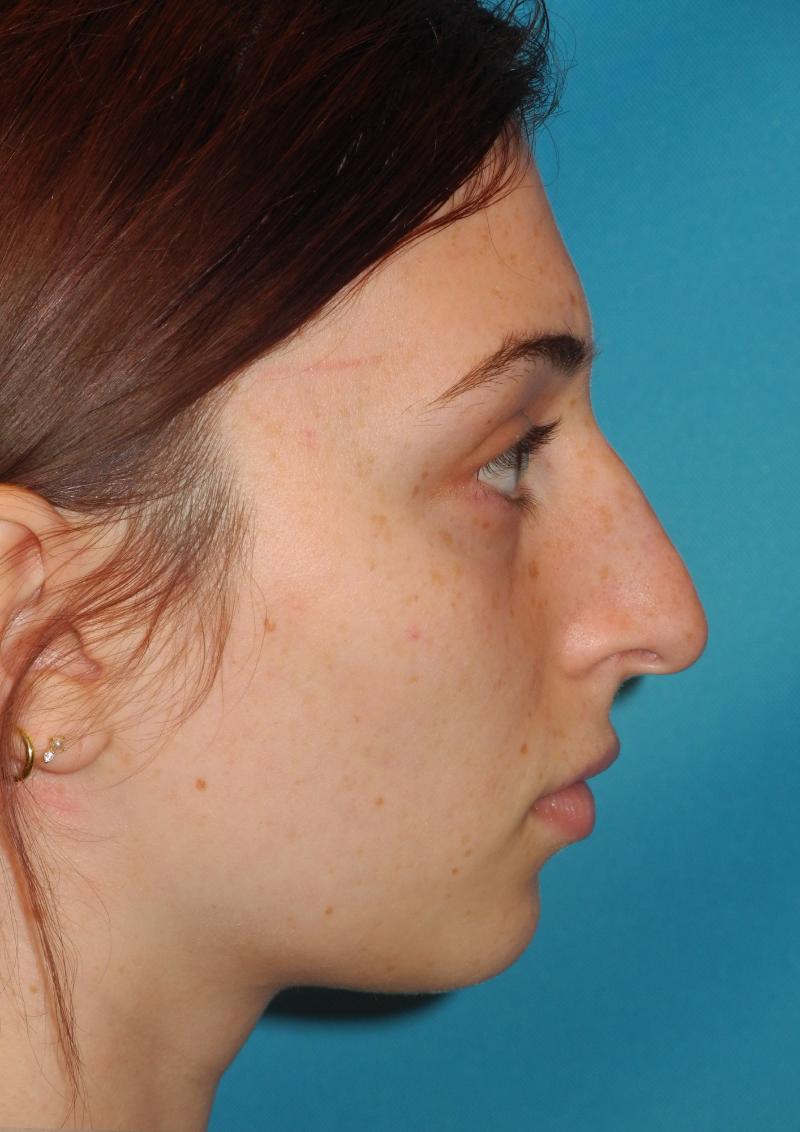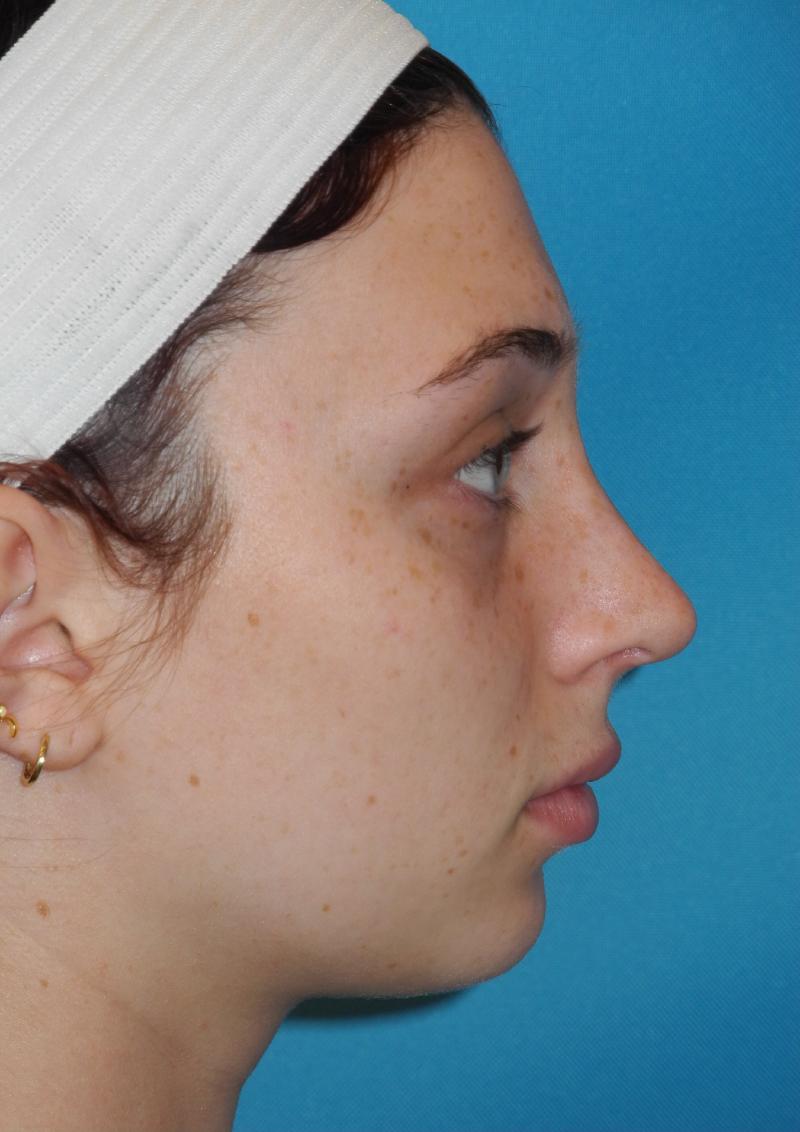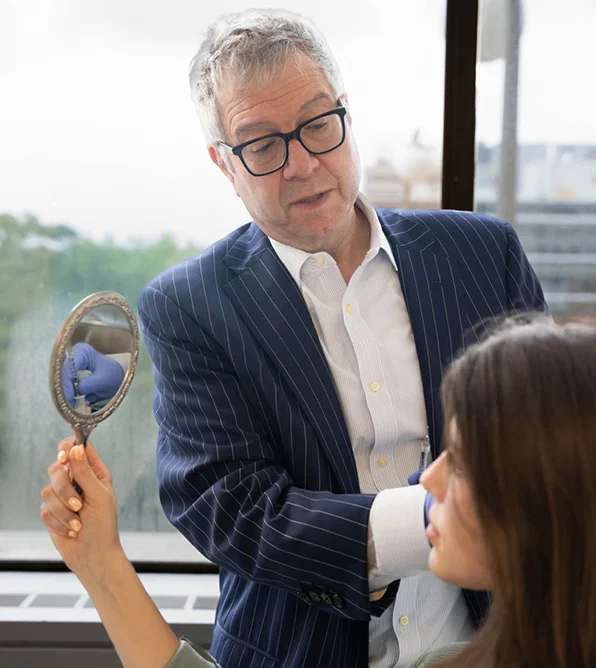Nasal aesthetic surgery is a procedure where form and function are equally important. Rhinoplasty procedures are often combined with a septoplasty procedure.
The septum is the nasal partition that divides the nose into the left and right sides. A septoplasty corrects structural problems, such as a deviated septum, that make it harder to breathe normally through the nose. In such cases, the surgery restores function, eliminating the obstructed airway and improving airflow and breathing.
Aesthetically speaking, there is no ideal nose shape. What may look ideal for one person may appear out of place for another. This is because various factors, such as age, ethnic background, and overall facial shape, influence the “ideal nose shape” for a face.
Extreme variations, such as a saddle nose or a pinched tip, can create conspicuous distortion to a person’s appearance that rhinoplasty can address. In general, however, nasal aesthetic characteristics that complement facial harmony include:
- Properly aligned bridge of the nose (nasal dorsum)
- Appropriate nasal tip projection, size, and shape
- Width and size of the nostrils
- Width of the nose to balance with the rest of the face
A rhinoplasty can correct if any of these elements are not in harmony with the face.








